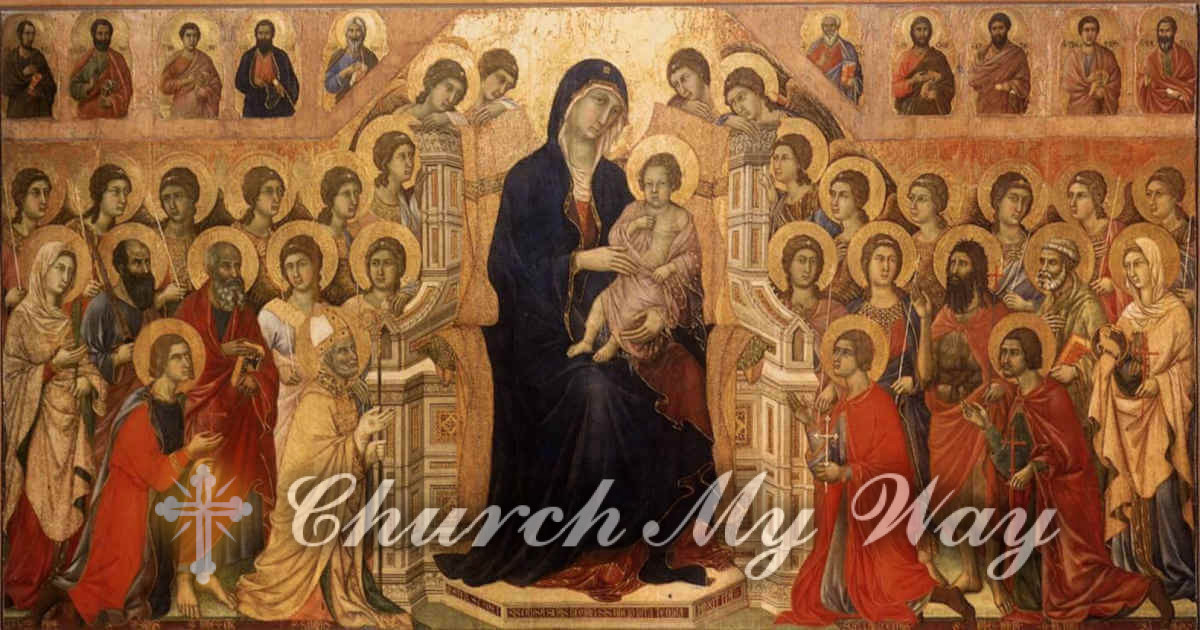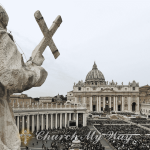The Complete Guide to Roman Catholic Saints
This is a comprehensive guide to Roman Catholic saints. This guide is written for those who want to know more about the saints, and are looking for a list of all the saints recognized by the Catholic Church. It will also serve as an excellent reference for those who need information about saints in a hurry.
Introduction: What is a Saint and What Difference Do They Make?
A saint is someone who has attained a high level of holiness according to the Catholic Church. They are recognized by the Church as having done things that have been recognized by God as worthy of special admiration. The word “saint” comes from the Latin “Sanctus,” which means “sacred.”According to the Catholic Church, saints are people who have been recognized by God as having done special things that deserve admiration and honor. For example, Jesus is called a saint because he was the most important person in history according to the Bible.
The saints are venerated because they have been judged to be in Heaven and because they are seen as examples of the Christian life. The saints are also considered to be powerful intercessors, who can act on our behalf with God. The word “saint” comes from the Latin “Sanctus” meaning holy or set apart from, or to sanctify.
The term has been used in the Catholic Church for many centuries, but it was not formally defined until the Council of Trent of 1545-1563. In Catholic practice, a saint is anyone who is recognized by the Church as having attained Heaven and is therefore called a saint. The Catholic Church teaches that anyone who dies in the state of grace can be canonized as a saint after death.
What is the Purpose of Having Saints?
The purpose of having saints is to provide a model for those who seek to follow the teachings of Jesus Christ.
Saints are not perfect people, but they are people who have followed God and have been recognized by the Church as being holy.
The Catholic Church recognizes that saints do not need to be perfect or sinless, but they must show evidence of holiness in their lives through their actions and words. When someone is canonized, their name is added to a list of people called saints. or recognized as being in heaven. In the Catholic Church, a saint is any person who has been formally canonized by the Bishop of Rome.
The criteria for canonization vary; however, they must show evidence of holiness in their lives through their actions and words and be deceased within two hundred years of the day on which he or she died. (See: Saint, Canonization)sainthood: the state of being a saint. (See: Catholic Church)Saint Anthony Mary Zaccariy de Padua is a Catholic saint who was canonized on July 16, 1970. (See: Saint Anthony Mary Zaccariy de Padua)
How To Find Out More About A Saint?
If you are curious about a saint, you can find out more by looking at the following aspects:
– The date of death of the saint.
– The date of birth of the saint.
– The nationality or ethnicity of the saint.
– The patronage to which he or she is devoted.
– Whether he or she was a founder and/or first bishop (and if so, in what country)
– Whether he or she was killed as a martyr and/or tortured for their faith
– Whether he or she had an important ministry such as preaching, teaching, founding a religious order, etc., and in what country
– Whether he or she was a martyr
– Whether he or she was beatified
– Whether he or she is the patron saint of a country
The Importance of Commemorating Saints Days In The Church Year
The importance of commemorating saints’ days in the church year is that it gives us a sense of belonging to the church. It gives us a sense of community and identity. Furthermore, it helps us to know the names and stories of the saints who have gone before us. It also helps us to understand our faith better. because it gives us a better idea of how the church has changed and developed over the course of history. The celebration of saints’ days is significant to the Christian faith because it links together different stories and aspects of the Christian life.
It is important for members of the church to be able to celebrate saints days in order to have a sense of belonging and community with other Christians around the world. Saints days serve to connect us to the church’s history and the practices of its members far into the past. It is a way for those in our present context of life to remember what has happened in the past and what we are participating in now. In some cases, people celebrate saints day by going on pilgrimages, visiting their burial places or the places they lived, or making a small offering to the saint.
There are three saint days:
1. St. John the Baptist’s Day (June 24)
2. St. Peter and Paul’s Day (June 29)
3. All Saints’ Day (November 1)









